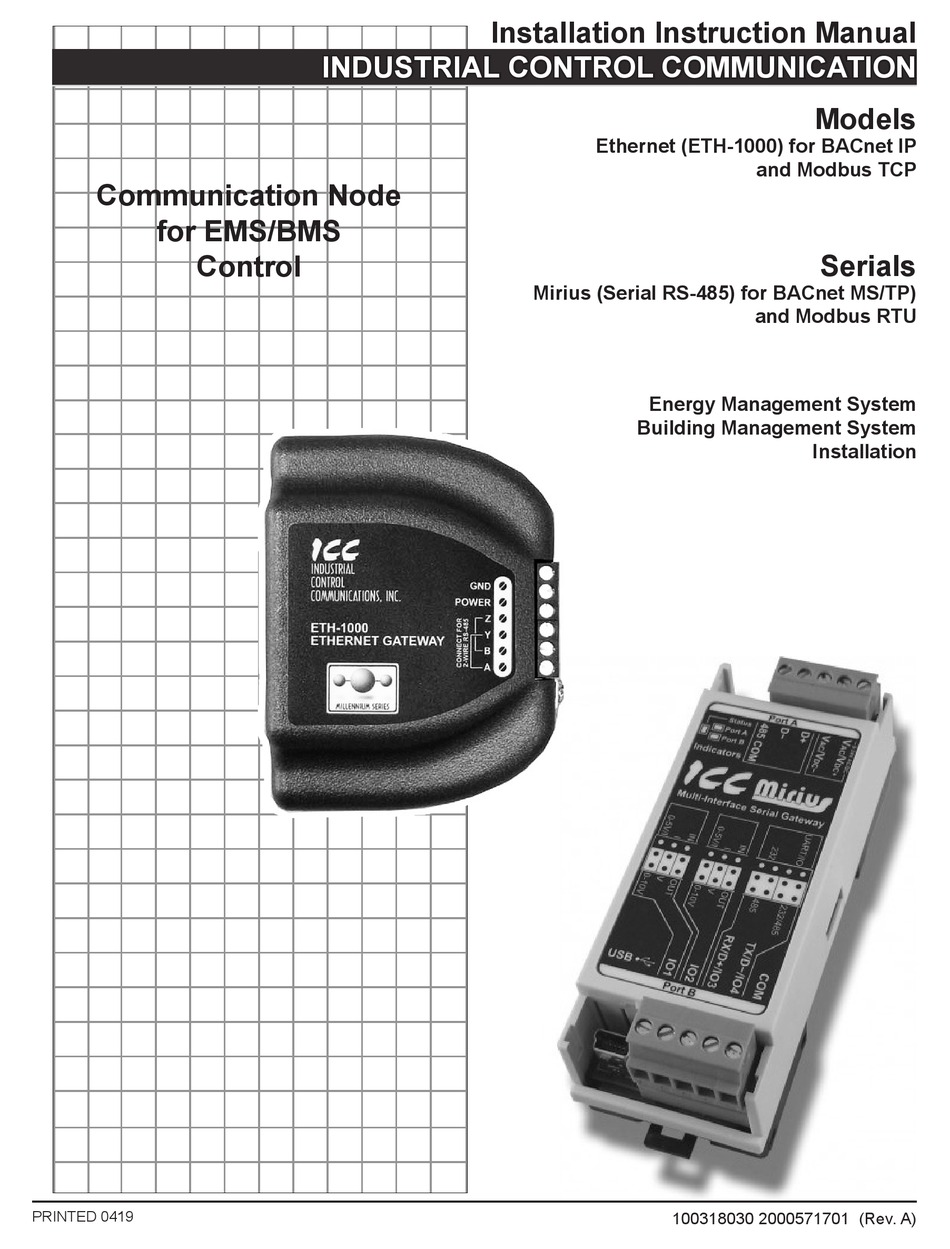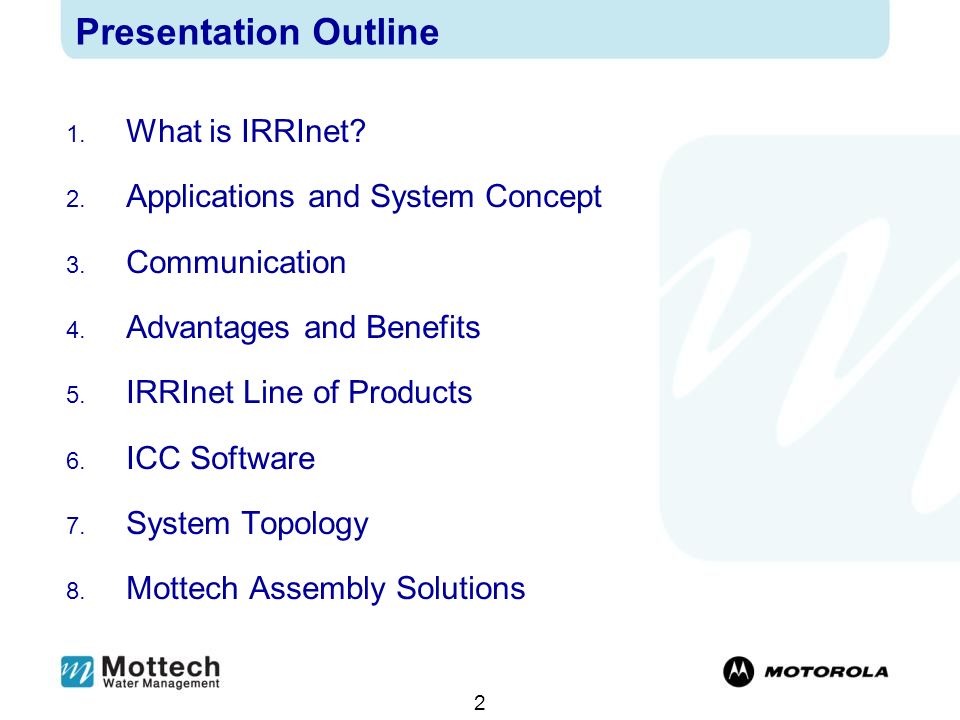

Let's get into the details of each of these frame pieces. Some symbols in the frame have configurable bit sizes. Frames are created by appending synchronization and parity bits to our data.Ī serial frame. Framing the dataĮach block (usually a byte) of data transmitted is actually sent in a packet or frame of bits. Get too high, and you'll begin to see errors on the receiving end, as clocks and sampling periods just can't keep up. You usually won't see speeds exceeding 115200 - that's fast for most microcontrollers. The higher a baud rate goes, the faster data is sent/received, but there are limits to how fast data can be transferred. One of the more common baud rates, especially for simple stuff where speed isn't critical, is 9600 bps. The only requirement is that both devices operate at the same rate. This value determines how long the transmitter holds a serial line high/low or at what period the receiving device samples its line.īaud rates can be just about any value within reason. If you invert the baud rate, you can find out just how long it takes to transmit a single bit. It's usually expressed in units of bits-per-second (bps). The baud rate specifies how fast data is sent over a serial line. The critical part is making sure that both devices on a serial bus are configured to use the exact same protocols. Through the variety of these signaling mechanisms, you'll find that there's no one way to send data serially. These mechanisms, which we get for eschewing the external clock signal, are: The asynchronous serial protocol has a number of built-in rules - mechanisms that help ensure robust and error-free data transfers. This tutorial builds on a few lower-level electronics concepts, including: If you're looking to add a GPS module, Bluetooth, XBee's, serial LCDs, or many other external devices to your project, you'll probably need to whip out some serial-fu. The clock-less serial protocol we'll be discussing in this tutorial is widely used in embedded electronics. It is so common, in fact, that when most folks say “serial” they’re talking about this protocol (something you’ll probably notice throughout this tutorial). The serial protocol we'll be discussing in this tutorial is the most common form of asynchronous transfers. This transmission method is perfect for minimizing the required wires and I/O pins, but it does mean we need to put some extra effort into reliably transferring and receiving data. Examples of synchronous interfaces include SPI, and I 2C.Īsynchronous means that data is transferred without support from an external clock signal. This makes for a more straightforward, often faster serial transfer, but it also requires at least one extra wire between communicating devices. Each of these serial interfaces can be sorted into one of two groups: synchronous or asynchronous.Ī synchronous serial interface always pairs its data line(s) with a clock signal, so all devices on a synchronous serial bus share a common clock. Other very common serial interfaces include SPI, I 2C, and the serial standard we're here to talk about today. USB (universal serial bus), and Ethernet, are a couple of the more well-known computing serial interfaces. Over the years, dozens of serial protocols have been crafted to meet particular needs of embedded systems. So, we often opt for serial communication, sacrificing potential speed for pin real estate. If you've ever had to move a project from a basic Arduino Uno to a Mega, you know that the I/O lines on a microprocessor can be precious and few. But it requires many more input/output (I/O) lines. It's fast, straightforward, and relatively easy to implement. Parallel communication certainly has its benefits.

Over a set amount of time, the mega-highway potentially gets more people to their destinations, but that rural two-laner serves its purpose and costs a fraction of the funds to build. Think of the two interfaces as a stream of cars: a parallel interface would be the 8+ lane mega-highway, while a serial interface is more like a two-lane rural country road. Example of a serial interface, transmitting one bit every clock pulse.


 0 kommentar(er)
0 kommentar(er)
